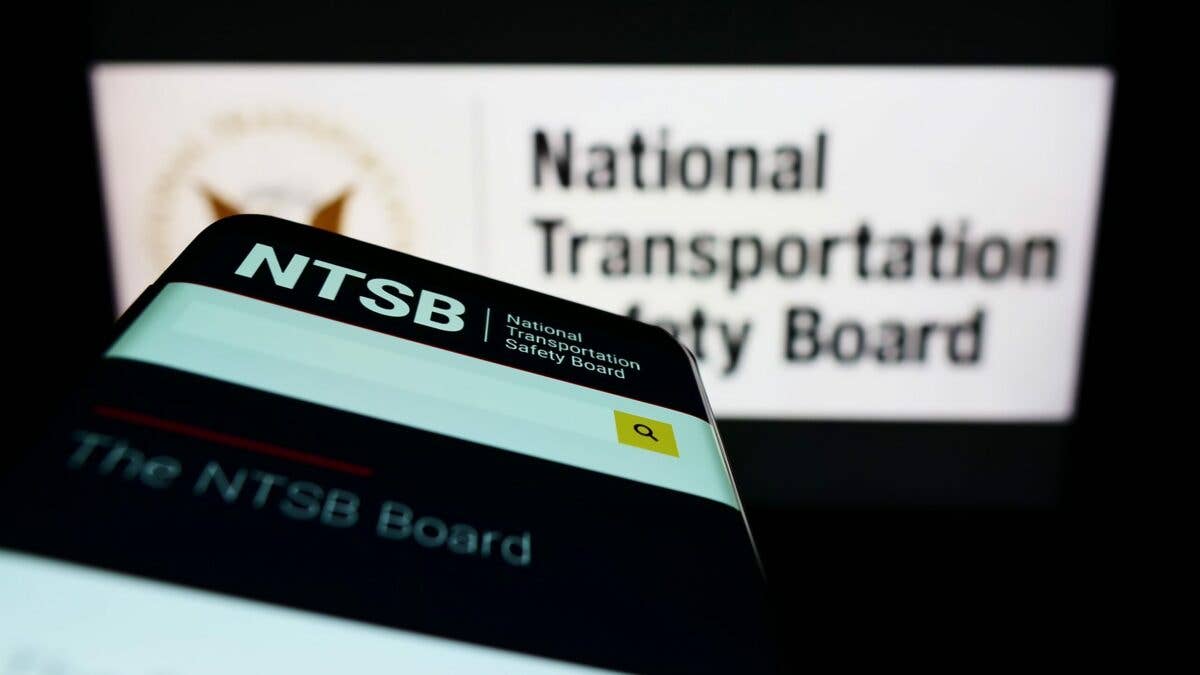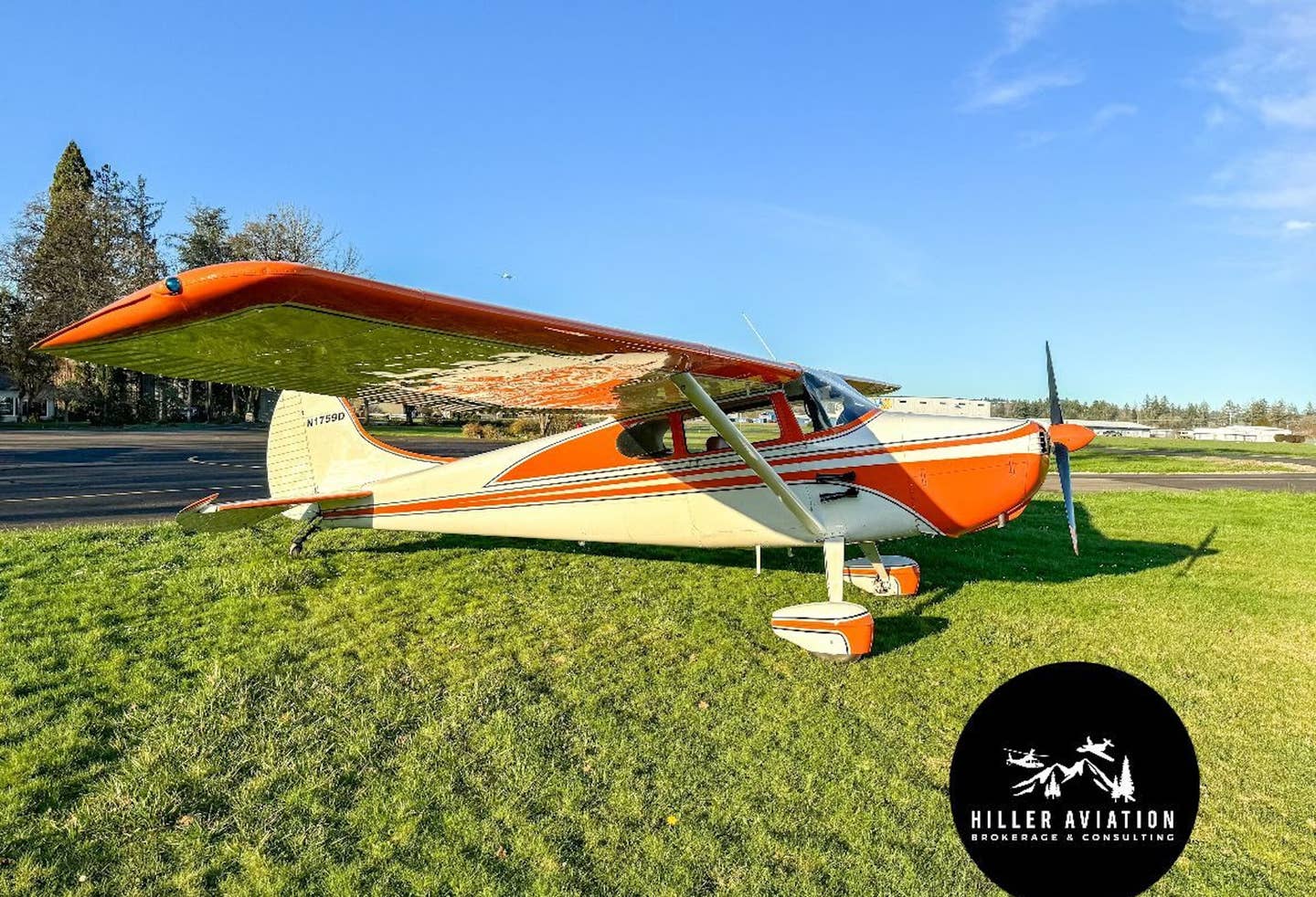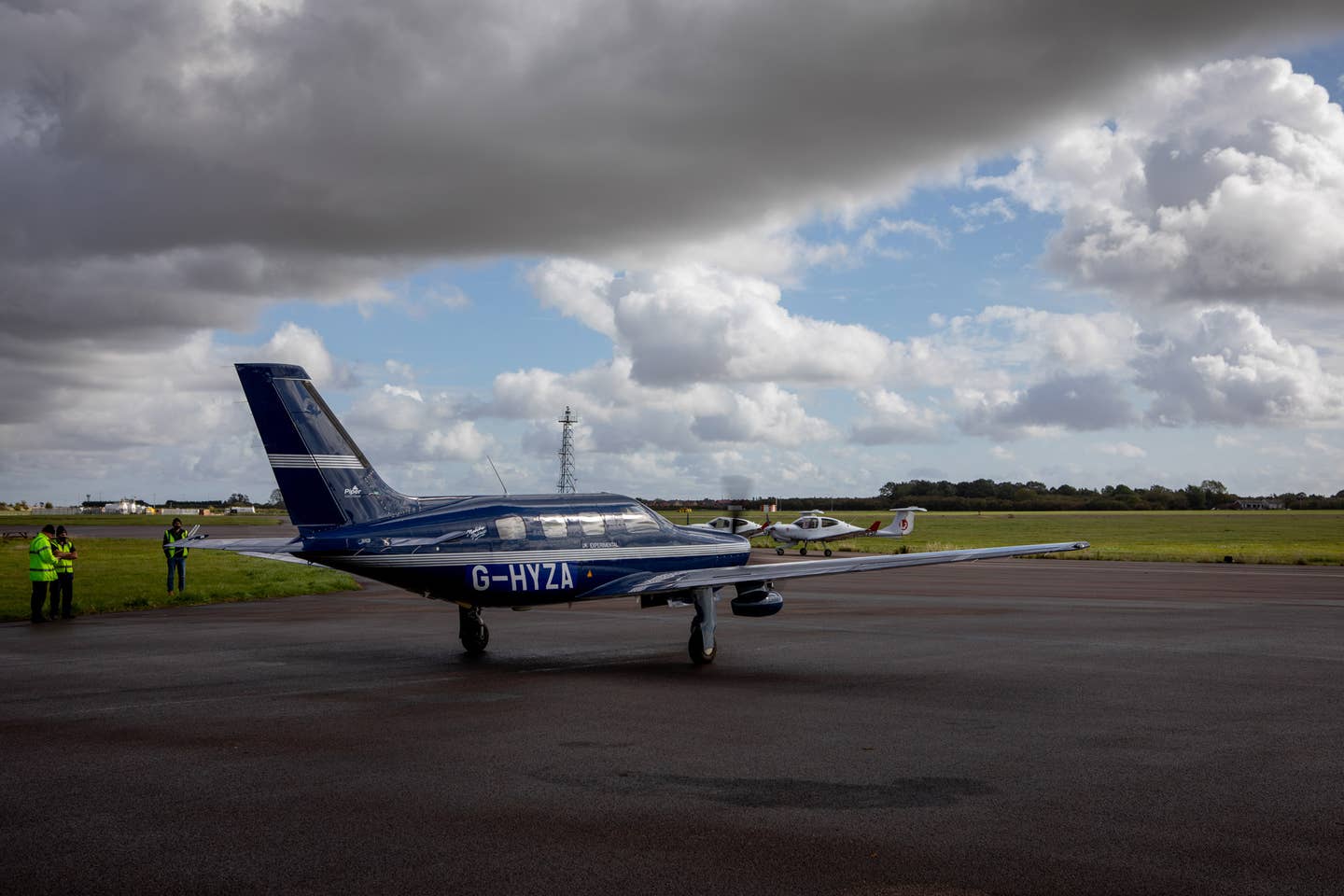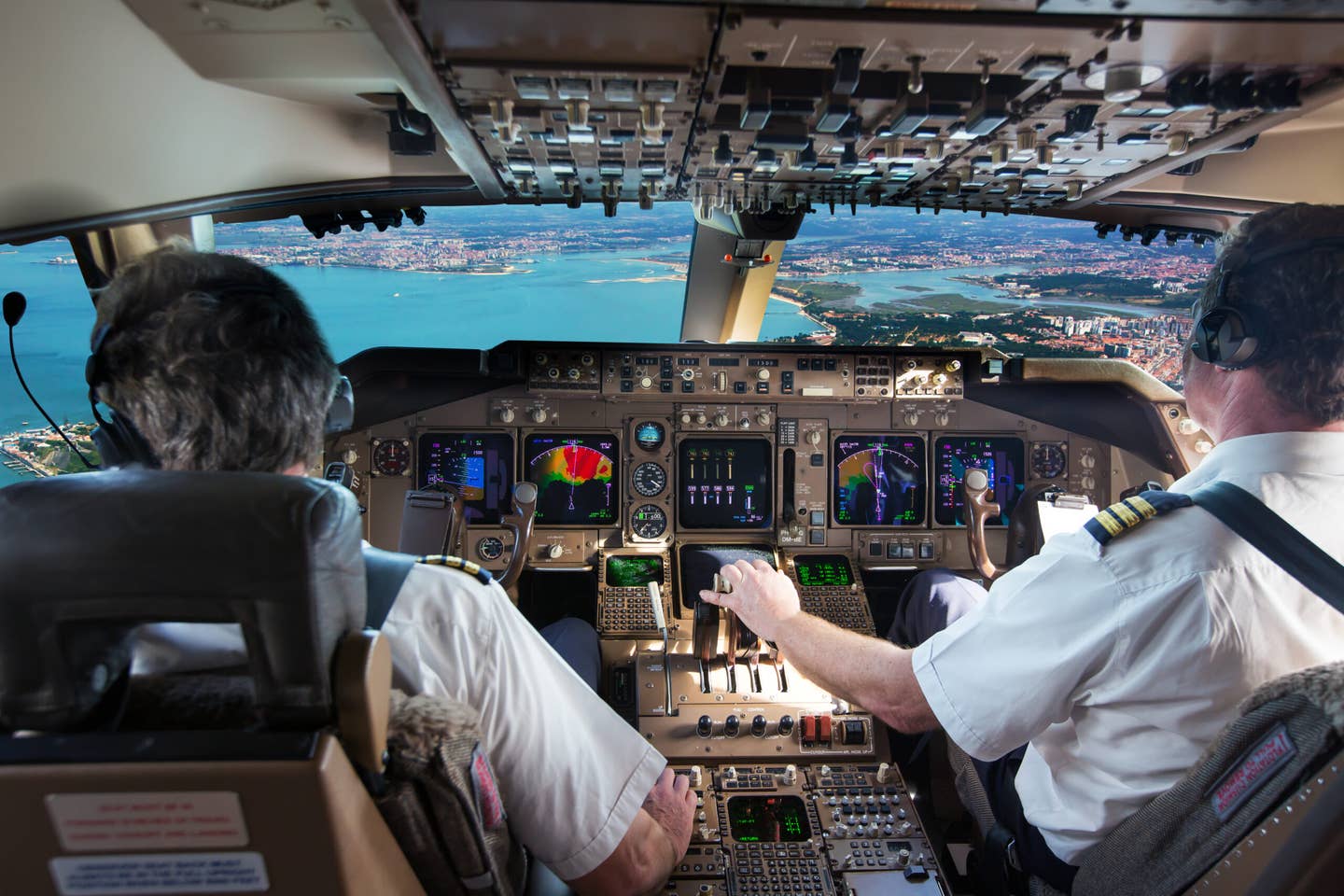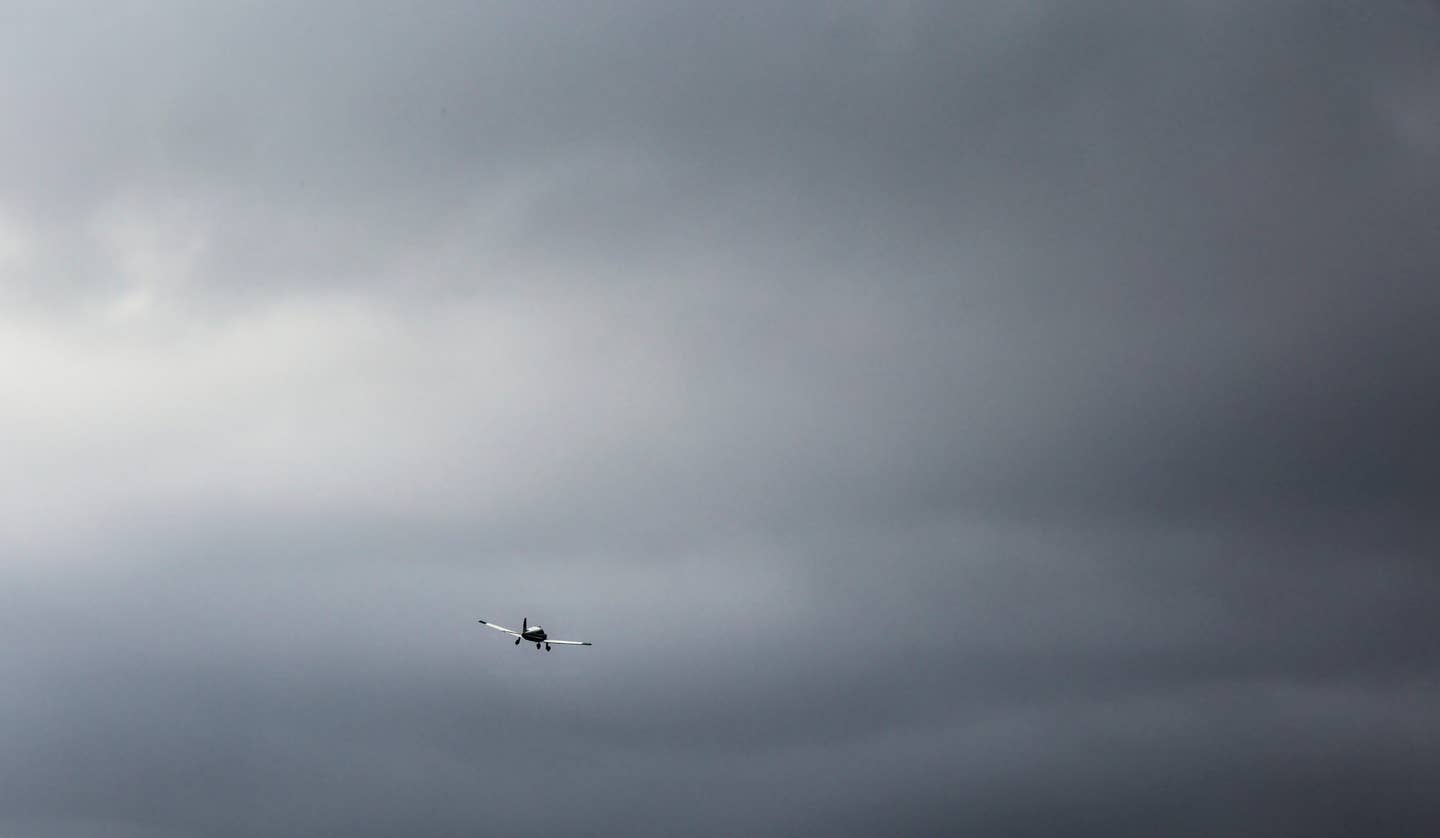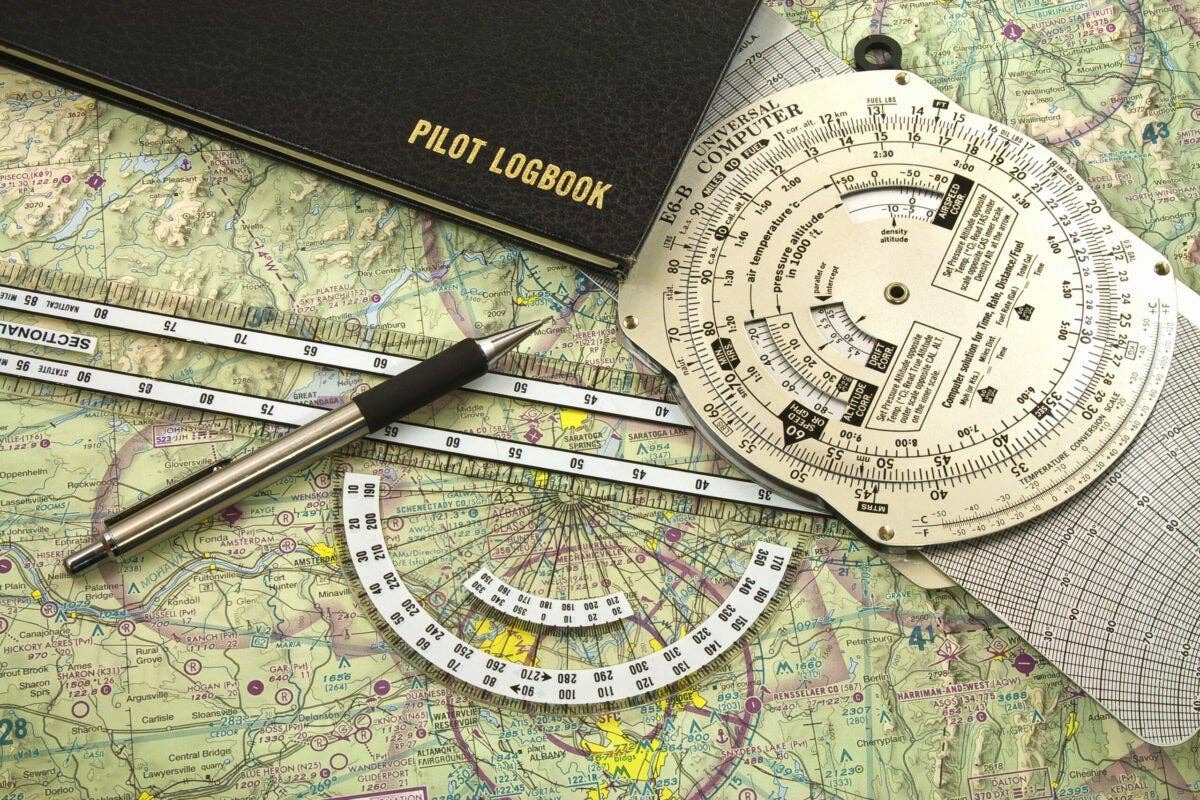How You Can Stay Cool in the Cockpit
Learn different ways to beat the heat as you take to the skies this summer.

A common misconception is that the air gets cooler the higher you go in your aircraft. [File photo: Adobe Stock]
One of the common misconceptions about flying in an enclosed-cockpit aircraft is that the higher you go, the cooler it will be inside. This is not necessarily correct. In fact, most of the time an airframe will incorporate large plexiglass windows, and on a warm day within a few minutes the cockpit can feel like a sauna—even with the air vents open. After an hour or two you will start to feel like Icarus flying too close to the sun, as the heat saps your energy and focus. For this reason pilots are always looking for ways to cool down as they fly.
Portable Air Conditioning System
There are some aircraft that have air conditioning as an option. However, most do not—but if your aircraft has an engine-driven electrical system and a back seat, you might want to consider getting a portable air conditioning unit for your aircraft. Arctic Air makes two portable air conditioning units: a 38 qt, single-fan design, and a 52 qt, dual-fan model.
Arctic Air units work by blowing ambient air across a coil cooled by ice water. Put the Arctic Air unit—which is about the size of a small suitcase—into the airplane, fill the unit up with ice, and plug it into the cigarette lighter or auxiliary power jack.
The unit can be set for low or high output, and depending on the setting, it can provide hours of comfort by lowering the temperature immediately around it by as much as 35 degrees.
/
Arctic Air comes both in 12- and 24-volt models. It is recommended that you check the POH of your airplane before you purchase so you order the correct version.
The units do not require an STC for installation. They include flexible tubing that allows you to direct the cool air to where you want it most.
The units include a drainage tube that allows the user to leave the Arctic Air unit in the backseat of the airplane while dumping the melted ice water onto the ground.
The 38 qt unit measures 21 inches wide by 15 inches high by 14.5 inches deep. The unit draws 5 amps and weighs 18 pounds empty and approximately 45 lbs when full. The power cord is 7.5 feet long, and the price tag is $830.00.
The 52 qt unit measures 25 inches wide by 18 inches high and 15 inches deep. The unit draws 10 amps and weighs 22 pounds empty and approximately 67 pounds when full. The power cord is also 7.5 feet long, and it costs $875.00.
Low-Tech Ways to Keep Cool
Flight instructors learn quickly that heat and dehydration will greatly reduce a pilot's ability to function in the cockpit. If you do not have the option to fly in an air-conditioned aircraft—and limiting your flight time to the early morning and late evenings is not an option—there are some lower-tech, lower-budget methods for keeping cool.
Frozen Water Bottles
Freeze a water bottle and carry that with you in the aircraft in addition to a water bottle to drink from. This frozen bottle, when applied to the back of the neck and face, is an excellent tool for cooling off. To preserve the ice. place the frozen bottle in a clean tube sock.The sock absorbs the condensation on the bottle and provides a layer of insulation. And, when the ice does melt, you have more drinking water.
The Right Hydration
Drinking water to keep hydrated can help you stay cool. Stay away from sugary and caffeinated beverages as they can increase your thirst. Many FBOs have rules about what beverages are allowed in the aircraft—usually, water is the only one approved.
Air Vents
Most aircraft cannot be flown with the windows open. Make sure you brief your passengers on this before takeoff so you do not have any unpleasant surprises. Show your passengers how to open and close the air vents, and position them for optimum airflow. Carefully check the vents for bugs—especially anything that stings—before takeoff. The bees and wasps are trying to avoid the heat just like we are, and they can set up camp in an aircraft.
Frozen Rags
Take a clean washcloth or terry cloth rag soak it in water then freeze it laying flat. When removed from the freezer, these towels can be folded up and draped over the back of your neck. This is swamp cooling at its finest.
Dress For The Heat
Hot days mean lighter clothing. Wear natural fibers (like cotton or linen) that breathe. Stick to light colors that tend to reflect heat. You may want to try so-called 'performance wear' that is particularly designed to wick away perspiration.
It is also a good idea to wear a hat or a cap that protects your head and shades your face.
While it may be tempting to wear short shorts and sandals or flip flops, consider the possibility of experiencing an unscheduled off-airport landing in an unimproved area and having to hike out.
Closed-toe shoes are a better option.

Sign-up for newsletters & special offers!
Get the latest FLYING stories & special offers delivered directly to your inbox

